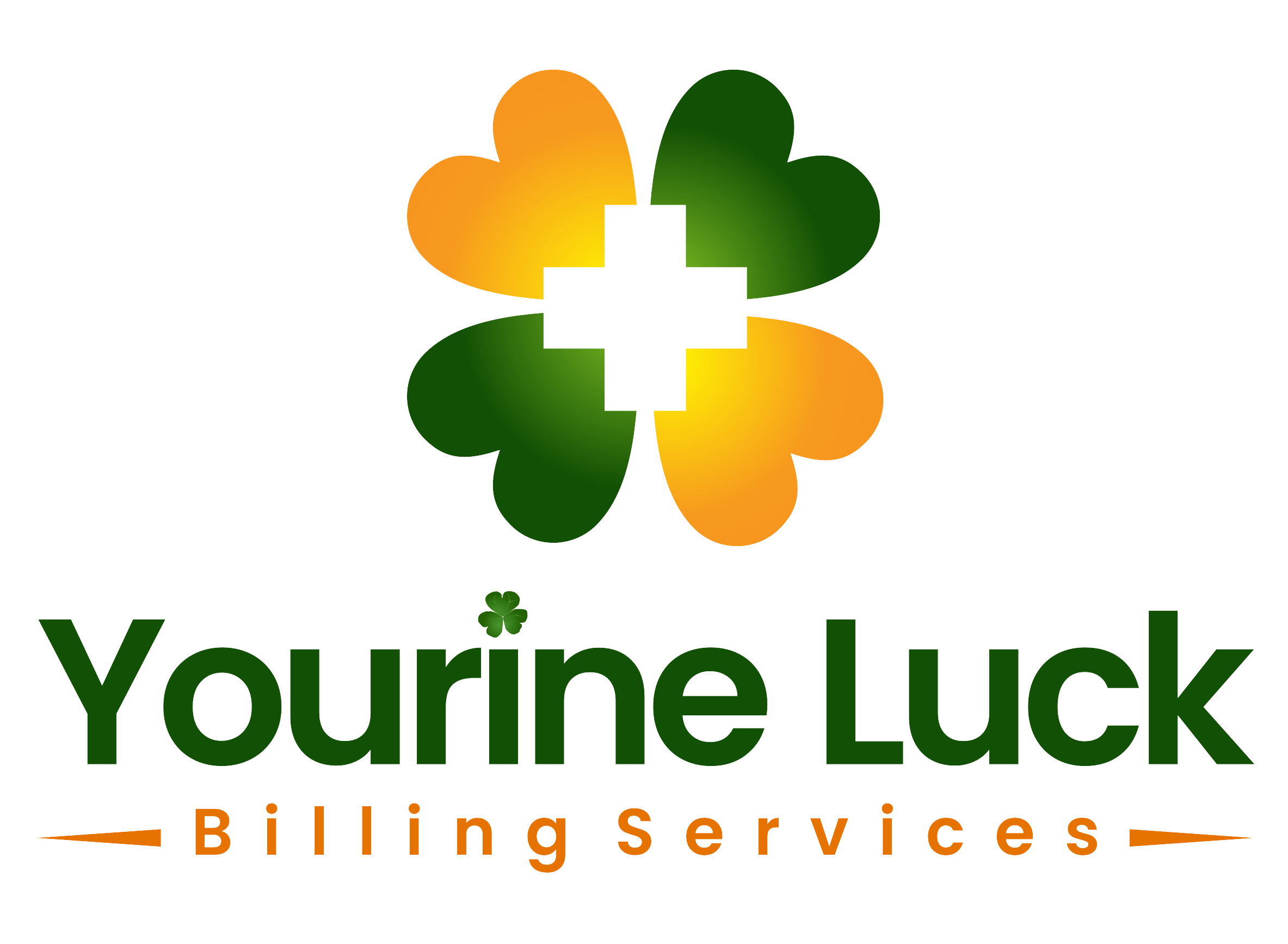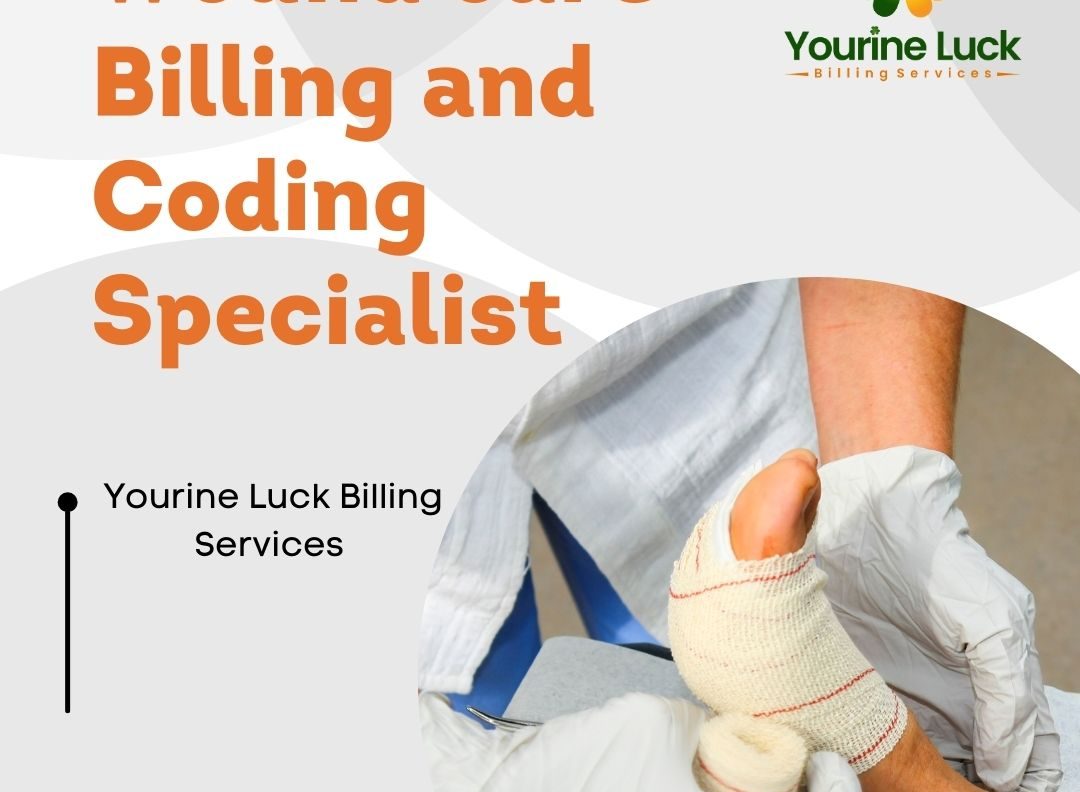Medical billing for wound care is characterized by convoluted coding regimes, strict documentation requirements, and regulatory developments. Such complexities can lead to claim denials and delayed payments in turning to YLBS for assistance.
Understand the Challenges Hampering Wound-Care Billing
Wound care billing requires intricate codes to be very precisely and carefully documented to comply with the changing regulations. These codes are somehow considered a hard nut to crack when it comes to obtaining approvals and maybe the reason for drowning one’s claim and late reimbursement.
Why Yourine Luck Billing Services?
Yourine Luck Billing Services really hope to provide very full wound-care billing solutions to tackle these issues:
• Coding and documentation expertise: Certified coders apply CPT codes correctly and offer extensive documentation that reduces errors and improved claim approval chance.
• Regulatory compliance: Any modifications of regulations affecting your field are constantly being monitored by us to help ensure compliance and keep your practice current.
• Revenue cycle improvement: We improve billing processes that lessen the administrative load on you and allow you to concentrate on patient care.
What Do You Gain from Partnering with YLBS?
Partners to YLBS enjoy the following benefits:
• More Revenue: Accepting payment in a timely manner while improving cash flow.
• Less Time on Billing: Focus on patient care-lions share clinical duties are now free to the associates due to YLBS billing.
• Individual Account Management: Specific solutions to address custom needs of your practice.
What Are Wound Codes?
In wound care, we highlight that accurate coding is indispensable to proper documentation and reimbursement. These include the common Current Procedural Terminology (CPT) codes usually applied in-facility wound care:
1. Evaluation and Management Code:
These codes apply to patient evaluations-assessments and follow-up visits;
New patients:
o CPT 99202-99205: Depending on complexity and time spent during the first evaluation.
• Established patients:
o CPT 99212-99215: Depend on the level of service provided during follow-up visits.
2. Debridement Codes: Debridement is the removal of all non-viable tissue so that healing can occur.
• Selective debridement:
o CPT 97597: Debridement on open wounds, including removal of devitalized tissue, for the first 20 sq. cm. or less.
o CPT 97598: Each additional 20 sq. cm.
• Surgical debridement:
o CPT 11042-11047: Types of debridement based on subcutaneous tissue, muscle, or type of bone depth (surface area).
3. Active Wound Care Management Codes: These concern several treatments in wound care.
• Non-Selective Debridement:
o CPT 97602: Removal of devitalized tissue from wounds without distinguishing between viable and non-viable tissue.
Negative Pressure Wound Therapy (NPWT):
o CPT 97605: NPWT for wounds ≤50 sq. cm. beginning with the application time.


